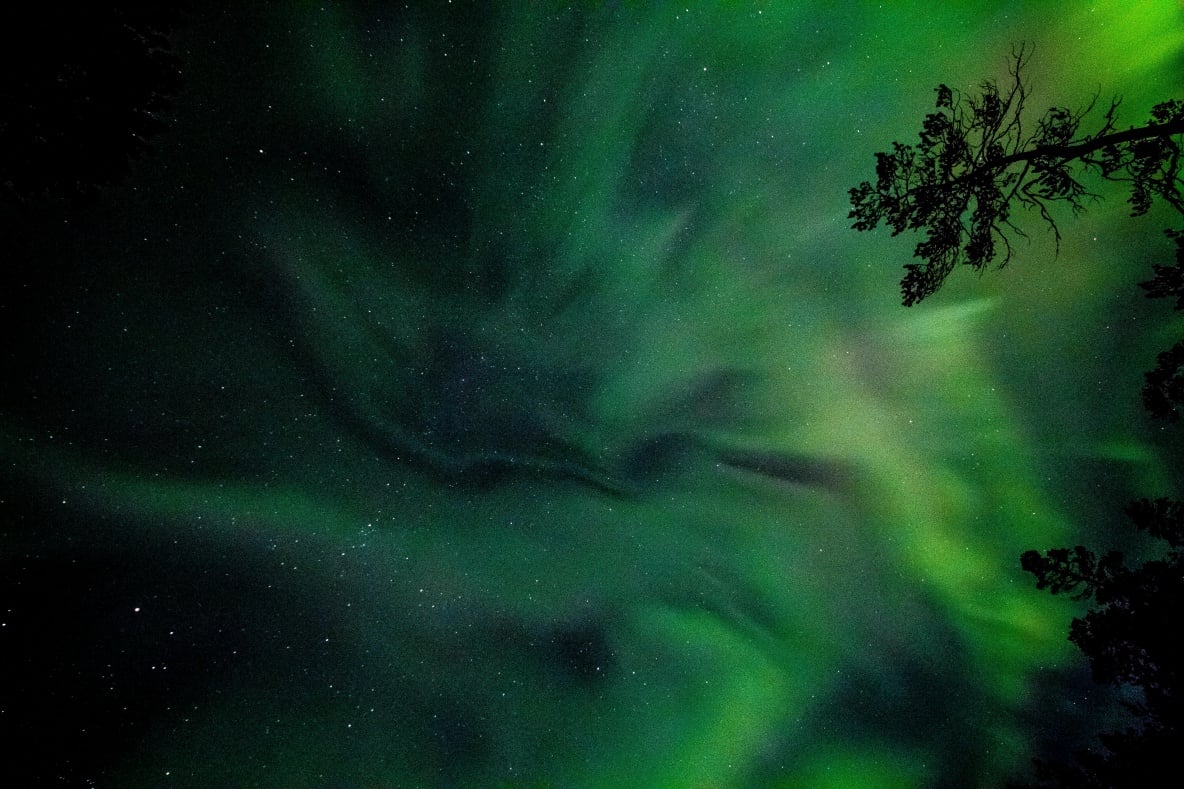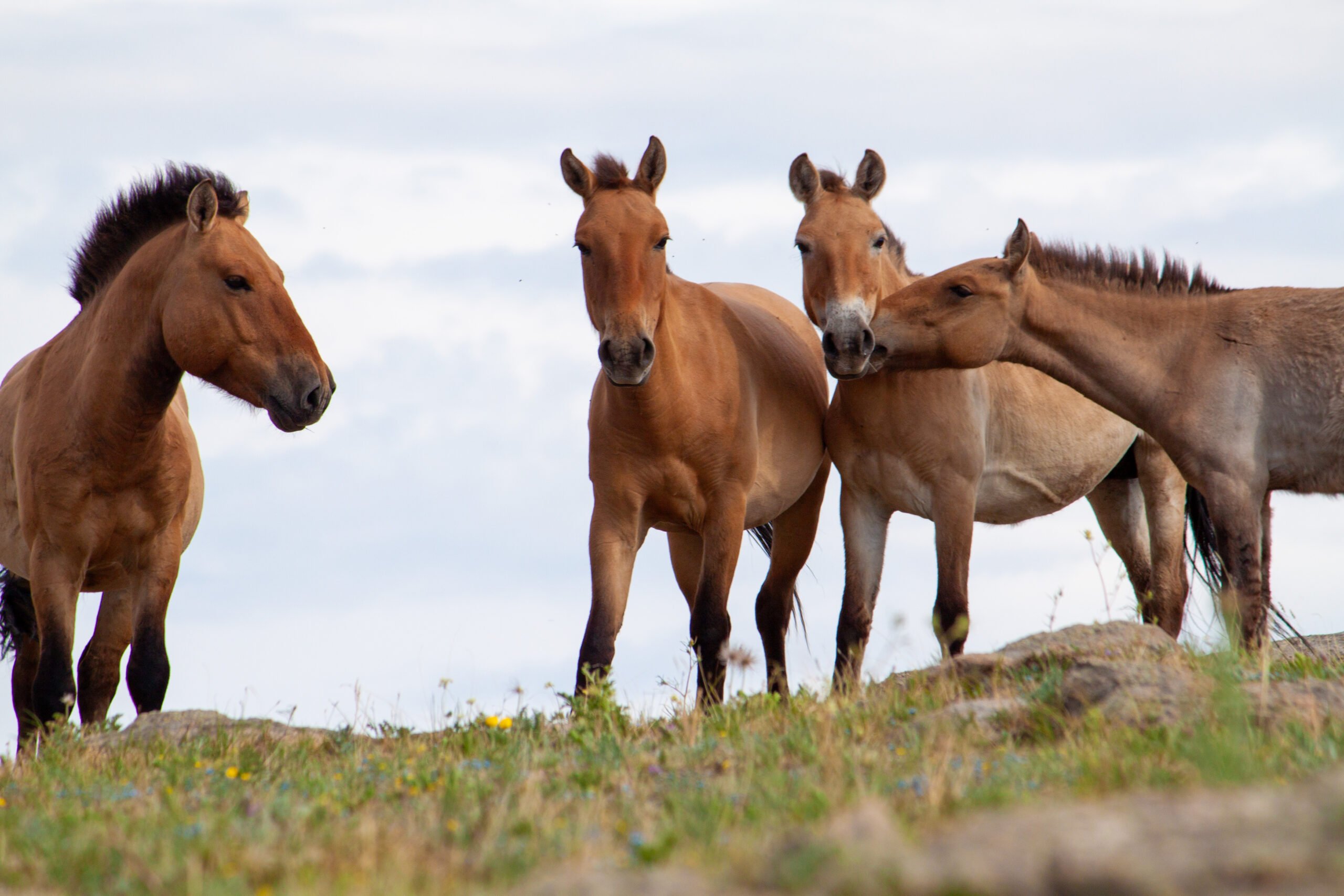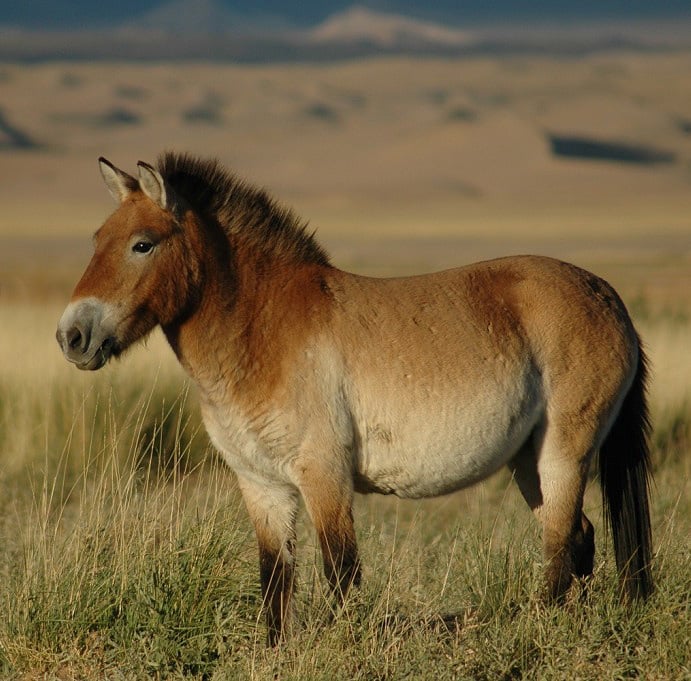
Increased solar activity may once again make the aurora borealis visible over Hungary.Continue reading

Przewalski’s horses will be returned from Hortobágy (southern Hungary) to Kazakhstan’s Altin Dala reserve in June, according to an announcement made at a joint press conference held by the Hortobágy National Park Directorate and the Budapest Zoo and Botanical Garden in Budapest on Wednesday.
Péter Csobán, expert of the Pentezug Project of the Hortobágy National Park Directorate, emphasized that Przewalski’s horses would have joined the list of extinct animals if it were not for zoos and breeding programs. He recalled that
the Eurasian wild horse subspecies lived in Inner Asia until the end of the 19th century, but disappeared completely due to human impact, competition from domestic animals, changes in their natural habitat, and hunting.

Photo: Wikipedia
The group of reintroduced horses has been living undisturbed since 1997, in the 3,000-hectare Pentezug area of the Hortobágy, where their numbers have increased tenfold to date, the expert pointed out. Csobán emphasized that
the wild horse is also important because it creates a healthy ecosystem, habitat, and environment that promotes the survival and preservation of other species.
The animals selected by the zoo’s species coordinator are young mares of high genetic value, which are intended to ensure the initial establishment and long-term survival of the Kazakh herd.
Endre Sós, director of nature conservation and animal health at the Budapest Zoo and Botanical Garden, said that as part of the repatriation process, the captured horses will be quarantined and undergo various screening tests. The animals will then be transported to Kazakhstan by a Czech Air Force transport plane, where they will arrive at their future habitat after an 8-12 hour ground transport.
The Przewalski’s horse is the only surviving species of ancient, undomesticated wild horse, named after its discoverer, Russian geographer and explorer Nikolay Przhevalsky.
The last wild populations lived in Mongolia, but they eventually disappeared from there in the 1960s. The species was saved from extinction by a planned breeding program in zoos. Their reintroduction into the wild, to their former habitats, began in the 1990s.
Via MTI, Featured photo via Wikipedia